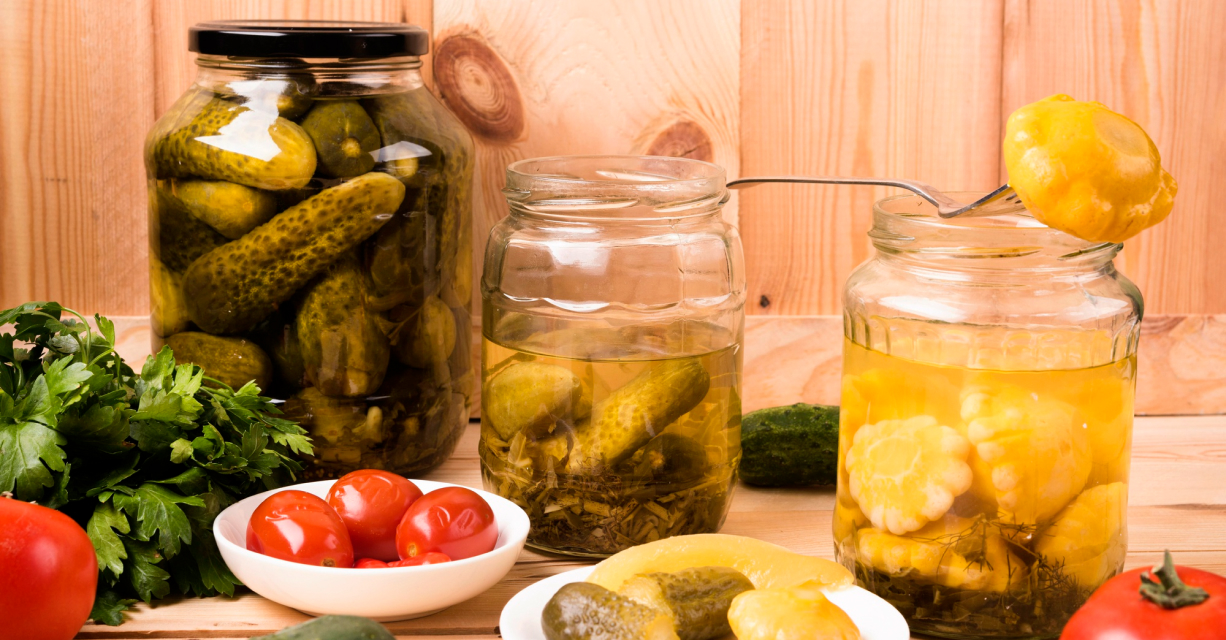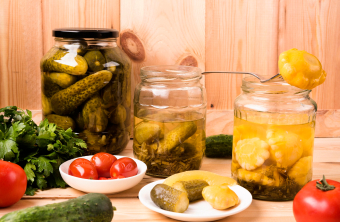

Fermentation is a fascinating culinary process that transforms ordinary ingredients into flavorful and nutrient-rich foods. This ancient preservation method has gained popularity in recent years, thanks to its health benefits and the unique flavors it imparts. For beginners, starting with simple recipes like sauerkraut and kimchi is a great way to dive into the world of fermentation. In this article, we’ll explore the basics of fermentation, the benefits it offers, and step-by-step guides to making homemade sauerkraut and kimchi.
Fermentation is a metabolic process in which microorganisms, such as bacteria, yeast, or fungi, convert organic compounds—primarily sugars and carbohydrates—into alcohol or acids. This process not only preserves the food but also enhances its flavor, texture, and nutritional value. There are two main types of fermentation relevant to food production: lactic acid fermentation and alcoholic fermentation. Lactic acid fermentation, which is used in making sauerkraut and kimchi, involves the conversion of sugars into lactic acid by lactic acid bacteria.
Sauerkraut, a traditional German fermented cabbage, is one of the simplest and most rewarding ferments to make at home. Here’s how you can make your own sauerkraut.
Ingredients:
Equipment:
Instructions:
Kimchi, a staple in Korean cuisine, is a spicy fermented vegetable dish that often features napa cabbage and daikon radish. Making kimchi at home allows you to customize the heat and flavors to your liking.
Ingredients:
Equipment:
Instructions:
Once you’ve mastered sauerkraut and kimchi, consider experimenting with other fermented foods:
Fermentation is a rewarding and beneficial culinary practice that transforms simple ingredients into delicious, probiotic-rich foods. By starting with basic recipes like sauerkraut and kimchi, you can gain confidence in your fermentation skills and explore a variety of other fermented foods. Embrace the process, experiment with flavors, and enjoy the health benefits and unique tastes that fermented foods bring to your table.